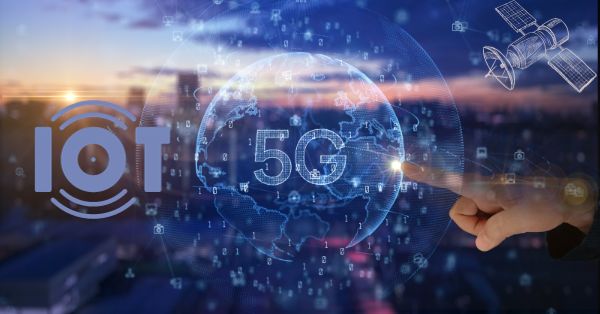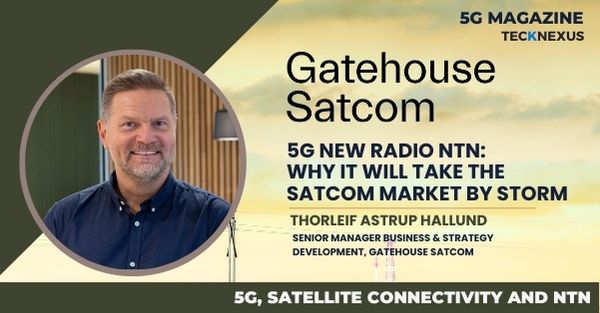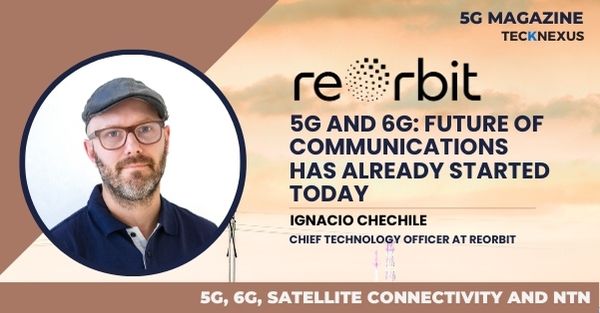White City, London – 11 April 2023: OneWeb, the low Earth orbit (LEO) satellite communications company, announced today that it has been selected for two trials to connect remote communities for the UK government’s Very Hard to Reach Premises connectivity programme, which aims to connect the UK’s most remote homes and businesses
As part of the programme, OneWeb’s high-speed, low latency LEO network will deliver connectivity for trials through its partners BT and Clarus. Trials will take place in the Shetland Islands and on Lundy Island, near the north Devon coast. These trials build on OneWeb’s strong track-record of delivering community broadband to sites in remote locations such as Canada, Greenland, and soon to British territories in the South Atlantic.
Michelle Donelan MP, Secretary of State for Science, Innovation and Technology, said:
“Our Wireless Infrastructure Strategy sets out our plan to ensure everyone, no matter where they live, can reap the benefits of improved connectivity. With the help of companies like OneWeb, we are committing ?8m to provide satellite connectivity for our most remote communities so that no one is left behind, while ensuring all populated areas in the UK will be served by what I call ‘5G-plus’ technology by 2030.”
“This package of measures turbocharges our progress towards becoming a science and tech superpower with a substantial initial investment in the future of telecoms.”
Neil Masterson, CEO OneWeb, said: “We are excited to demonstrate the impact of LEO connectivity through these trials. From the beginning, OneWeb’s mission has been to bridge the digital divide for communities, but there are still countries around the world where reliable access to connectivity is unattainable. Working with the government, alongside our trusted partners and customers, OneWeb can help to bring connectivity to the communities and businesses that need it most, in underserved regions in the UK and around the world.”
Having recently completed its 18th launch, OneWeb now has a constellation of 618 LEO satellites, enabling the roll-out of global coverage later this year. This enhances OneWeb’s existing connectivity solutions, which are already live in regions north of 50-degrees latitude and delivering connectivity to previously unconnected and underconnected communities, businesses and local governments.
OneWeb has 400 staff today based in the UK, the majority of which are in STEM roles, making a significant contribution to the upskilling of the UK economy and building a new industry in the UK.
Source: Press releases Read More



















